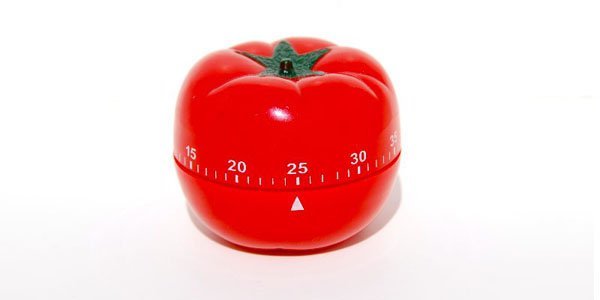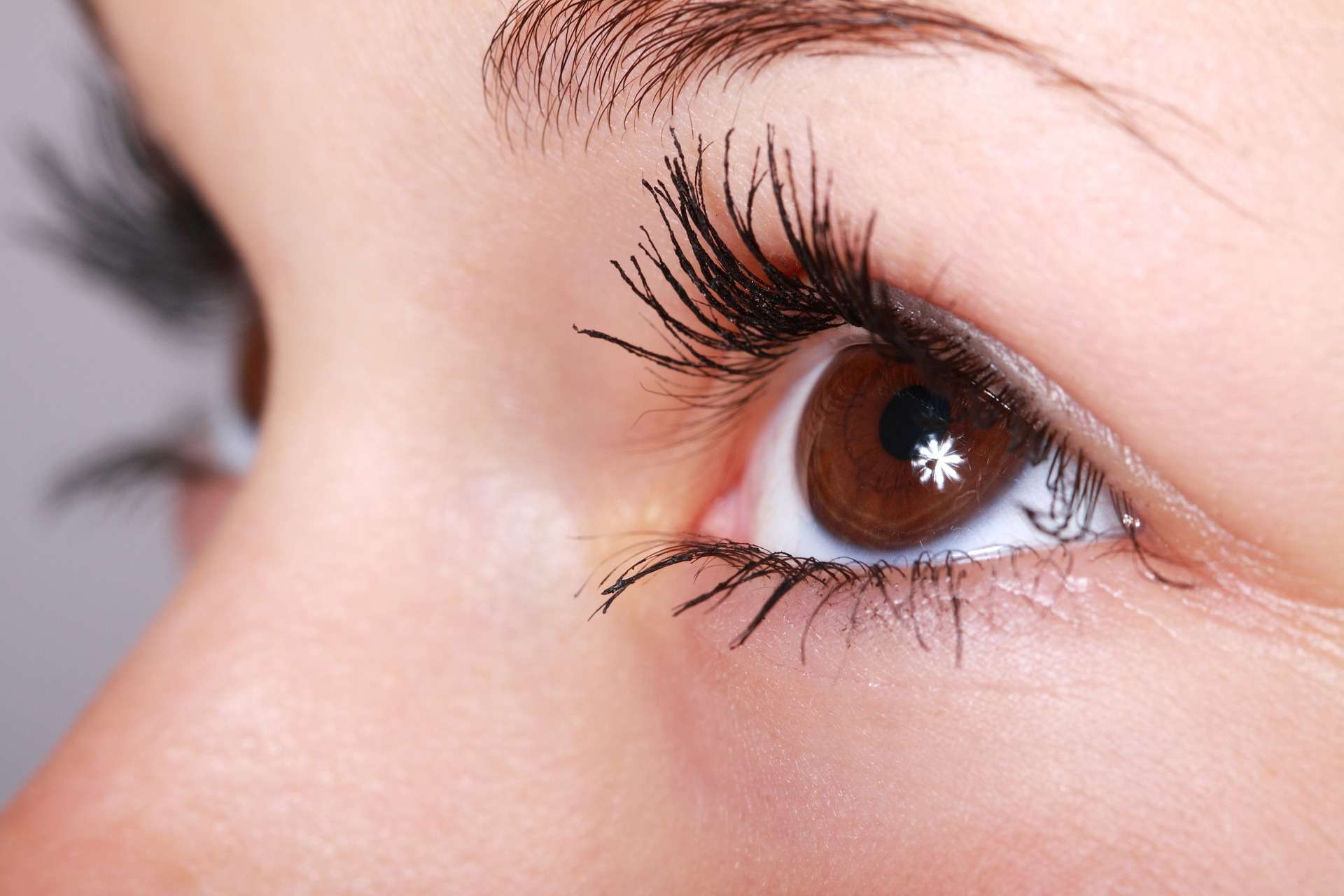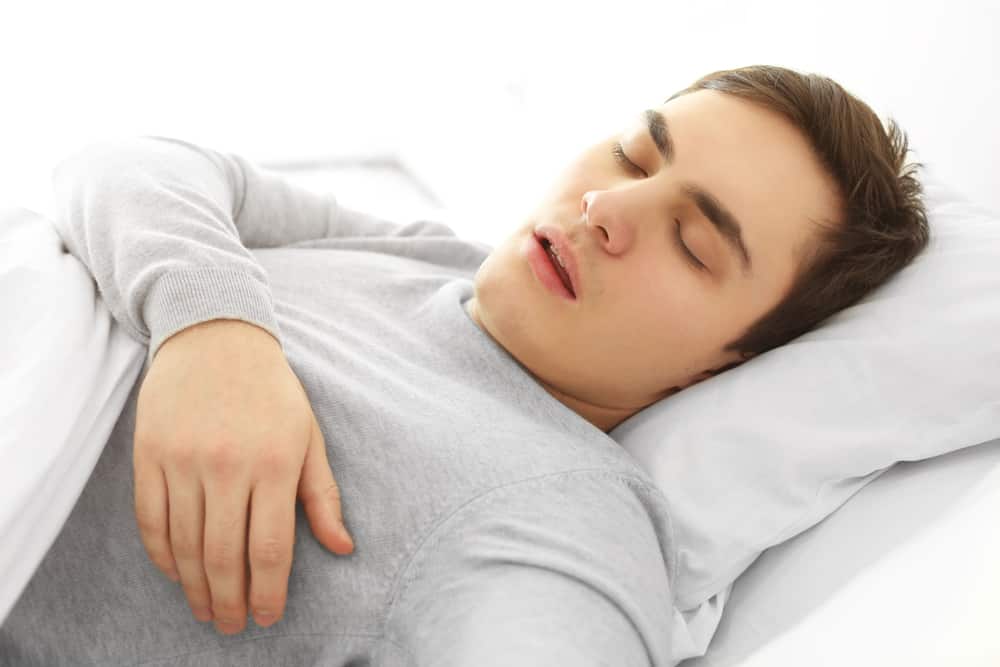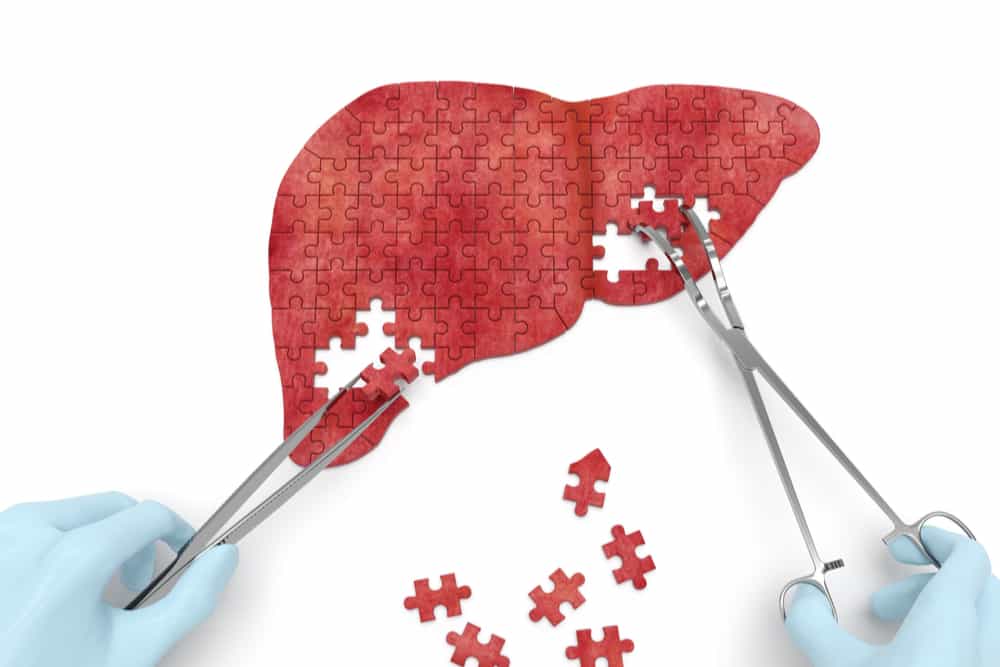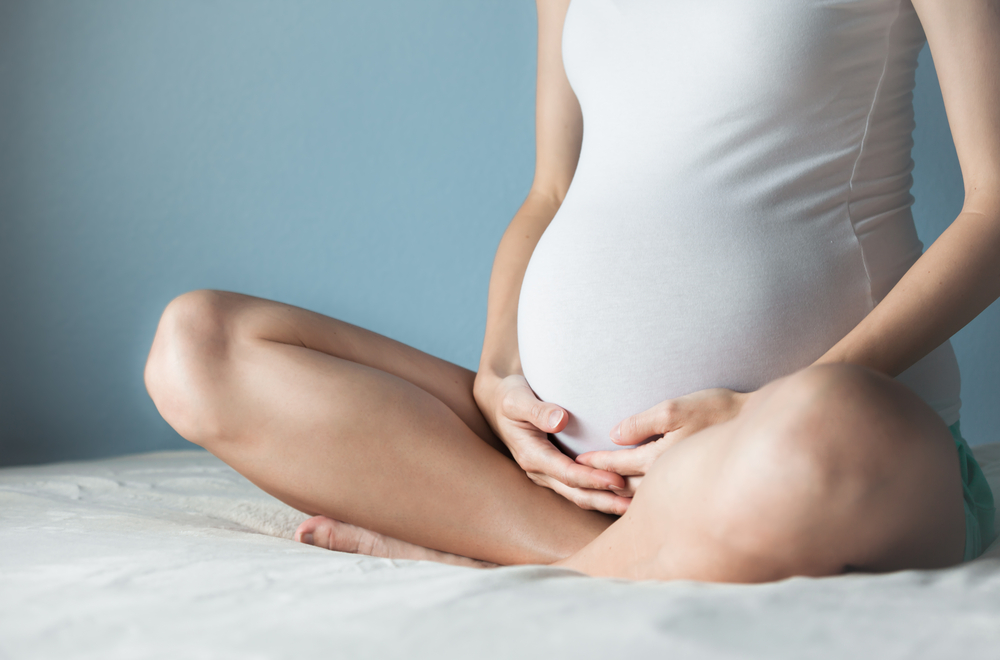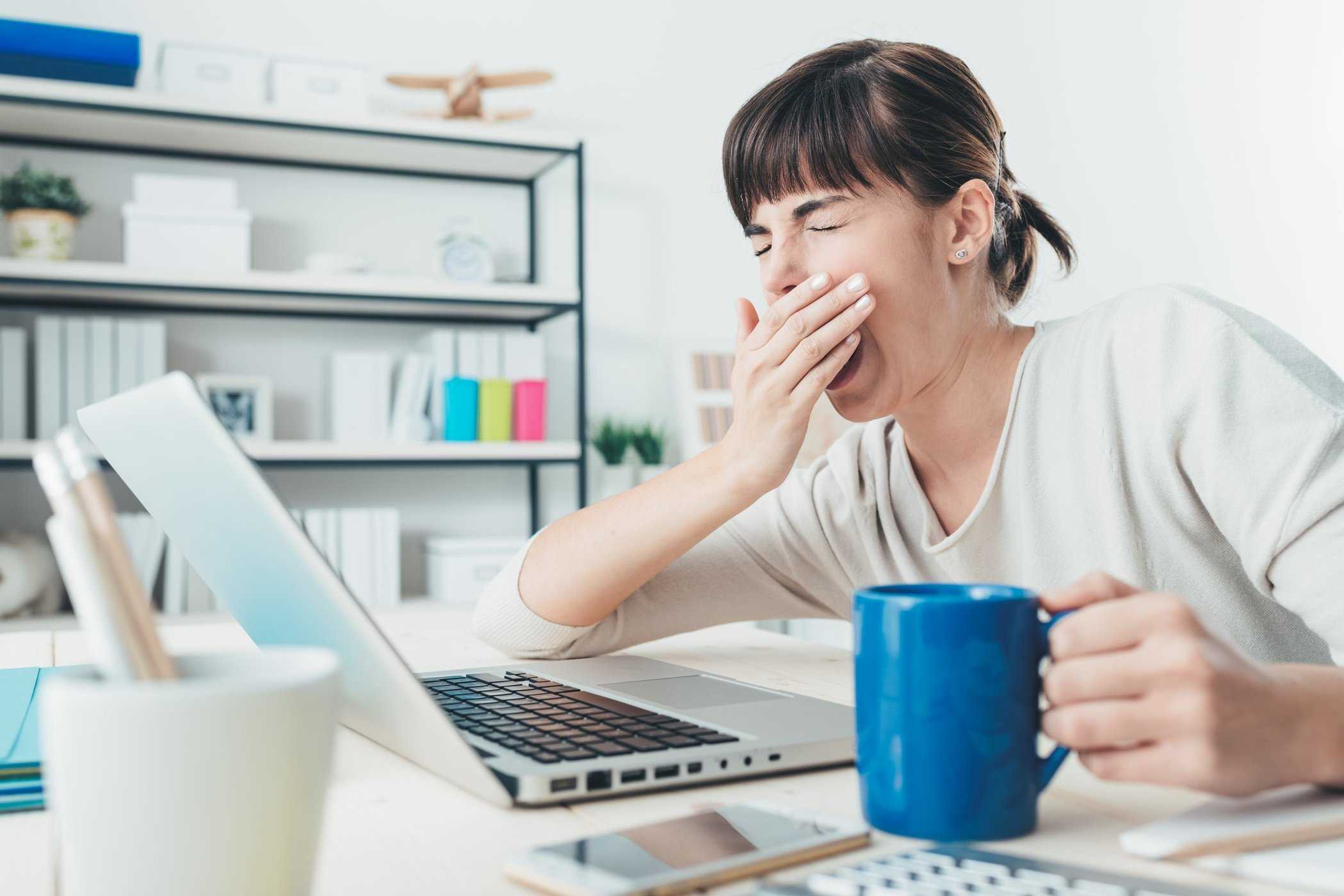Contents:
- Medical Video: The Pain, Swelling And Stiffness of Rheumatoid Arthritis
- What is joint pain?
- What are the symptoms of joint pain?
- What causes joint pain?
- How to diagnose joint pain?
- How to treat joint pain?
- What are some tips for preventing joint pain?
Medical Video: The Pain, Swelling And Stiffness of Rheumatoid Arthritis
Joint pain can occur to anyone and at any age. In one survey, about one third of adults reported experiencing joint pain in the past 30 days. Knee pain is the most common type of joint pain, followed by shoulder and hip pain. Chronic joint pain can have a big impact on a patient's life. The following discusses more deeply about joint pain.
What is joint pain?
Joints are where two bones are connected. Joints are made of cartilage, bones, ligaments, tendons or muscles. Joints are found throughout our bodies such as our neck, hands, wrists, elbows or knees. Joint pain occurs when one part is damaged because it is used too long, an injury or an inflammatory disorder. However, joint pain is often caused by arthritis, a condition caused by joint inflammation.
Joint pain can be accompanied by muscle pain or bone pain. Joint pain can cause mild discomfort, pain after certain activities, severe pain and limit your movements, especially when lifting weights.
Joint pain can disappear after a few weeks (acute), or last for several weeks or months (chronic). Even though it has an effect on your life, joint pain is often associated with non-serious conditions. You can treat joint pain with drugs, physical therapy, or alternative medicine.
What are the symptoms of joint pain?
Joint pain occurs in the joints. The most commonly reported joint pain is knee pain. Symptoms of joint pain can include:
- Redness of the joints
- Swollen joints
- Pain in the joints
- The joint feels hot
- Limp
- Joints locked
- Loss of range of joint motion
- Rigid
- Weak
What causes joint pain?
Joint pain can occur in any part of the body. In the elderly, joint pain usually occurs because our body is slow to produce new cells. As you get older, joint pain is more common.
Many different conditions can cause joint pain, including osteoarthritis, rheumatoid arthritis, bursitis, gout, sprains, and other injuries. Joint pain is very common.
Of all the joints, the knee joint is the joint that is most often injured. Knee pain is common, but may not be caused by joint pain. The most common causes of joint pain are explained below.
- Injury to the joint
- Worsening osteoarthritis
- Meningitis
- Cartilage damage on the back of the kneecap
- Bleeding inside the joint space
- Gout or pseudogout
Joint pain can occur in several joints at the same time. Because we have many joints, we may experience joint pain in more than one joint. Some diseases can cause joint pain:
- Osteoarthristis
- Arthritis
- Psoriatic arthritis
- A viral infection that causes arthritis
- Connective tissue disease
- Cancer
How to diagnose joint pain?
Joint pain is rarely included in an emergency. Most cases of mild joint pain are cured at home. However, to be safe, you should see a doctor if your joint pain is accompanied by:
- Swelling
- Redness
- Pain and heat around the joints
- Joint deformity
- Inability to use joints
- Intense pain
Your doctor will find the cause of your joint pain. You need to explain pain to your doctor. Some questions that will be asked are:
- Where do you feel pain?
- When does the pain begin?
- Does the pain feel worse?
- Do you have other symptoms that accompany joint pain?
To get the best diagnosis, the doctor may perform several tests, such as blood tests, x-rays to minimize the possibility of fractures, CT or MRI scans, and various movement tests.
How to treat joint pain?
Joint pain can be treated at home. Joint pain Short and mild term can be treated at home. This is a well-known way to treat joint or bone pain and muscle pain:
- Protect it joints with brace or cover
- Rest joints, avoid activities that cause you pain
- Cool it down joint for about 15 minutes, several times every day
- Compress joints using elastic pads
- Raise it position of the joint above the position of your heart
You can apply ice packs or warmers to soothe the muscles around the joints, which will help relieve tension and reduce pain. To minimize movement, doctors can recommend applying splint in the joint. However, you must avoid motionless joints for a long time so as not to become stiff and lose function.
If you experience moderate pain or some pain at once, you can ask for another treatment with your doctor. Before making a choice, it is best to discuss with your doctor about the side effects of treatment, how long the treatment will last, or if the treatment can interfere with the medication or supplement you are currently taking.
You should know that treatment sometimes only blocks pain. If you don't treat the underlying cause of pain, the pain will come back. You might even risk further injuring your joints because you can't feel pain. That way, most doctors will first treat the underlying causes of pain while helping you reduce pain. Some of the methods used to control pain are:
- Topical agents to reduce joint pain trigger the release of endorphins, hormones that block pain.
- Medicines, such as drugs nonstseroidal anti-inflammatory drugs (NSAIDs) and paracetamol can help. Some antidepressants or drug antieleptic can interfere with pain signals in the nervous system, make you no longer feel pain, and muscle relaxants are used to reduce spasms and tension in the muscles around the joint.
- Steroid injections into the joint every 3-4 months. This method is effective, but it is a short-term solution.
- Dispose of fluids that cause swelling in your joints.
- InjectionHyaluronan, synthetic version of natural joint fluid. This is used to treat osteoarthritis.
- Physical therapy can be effective in regaining joint function and increasing range of motion. It also helps to stabilize the joints and strengthen the muscles around it.
What are some tips for preventing joint pain?
Putting a lot of pressure on the joints, stretching the joints and working too much causes joint pain. If you are overweight, losing weight can reduce some of the pressure on the joint that hurts you. In addition to a diet, you should try light exercise, such as walking instead of running, to strengthen your joints. Swimming and cycling are one of the best sports because they allow you to train your joints without giving them much influence.


